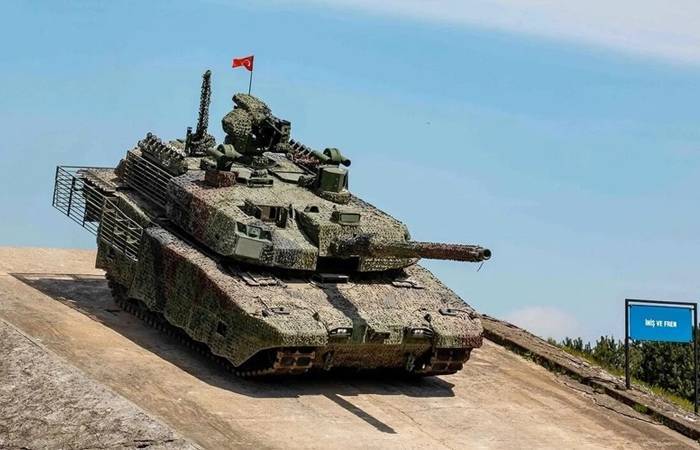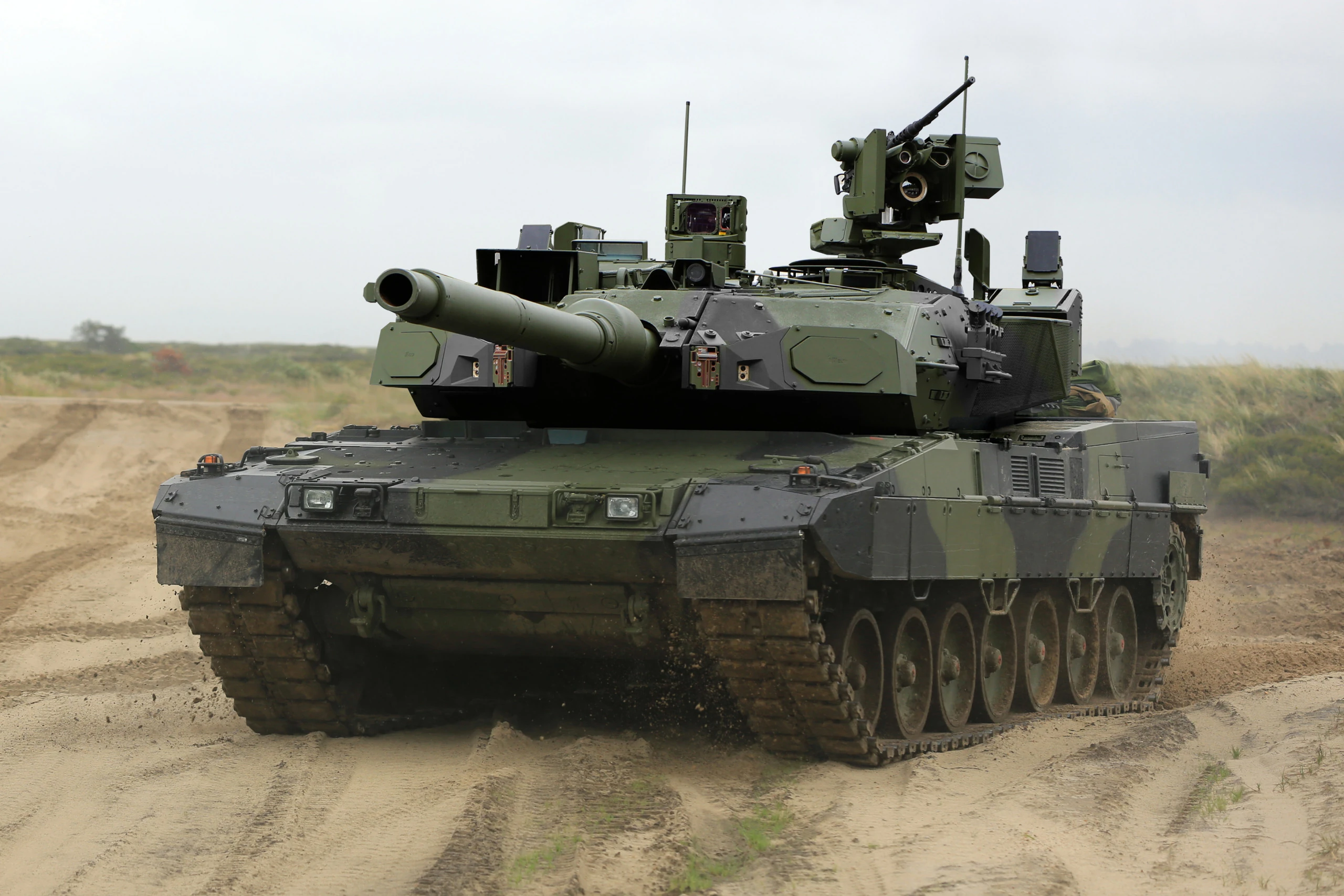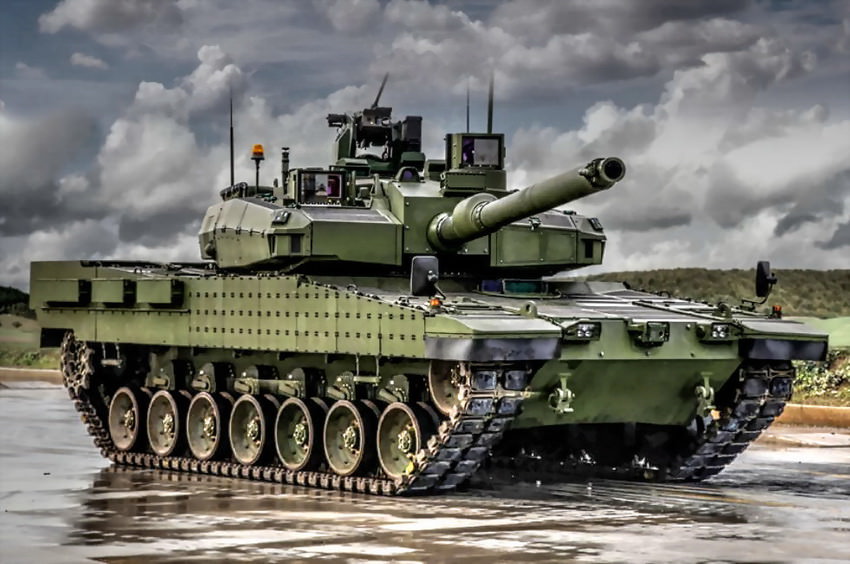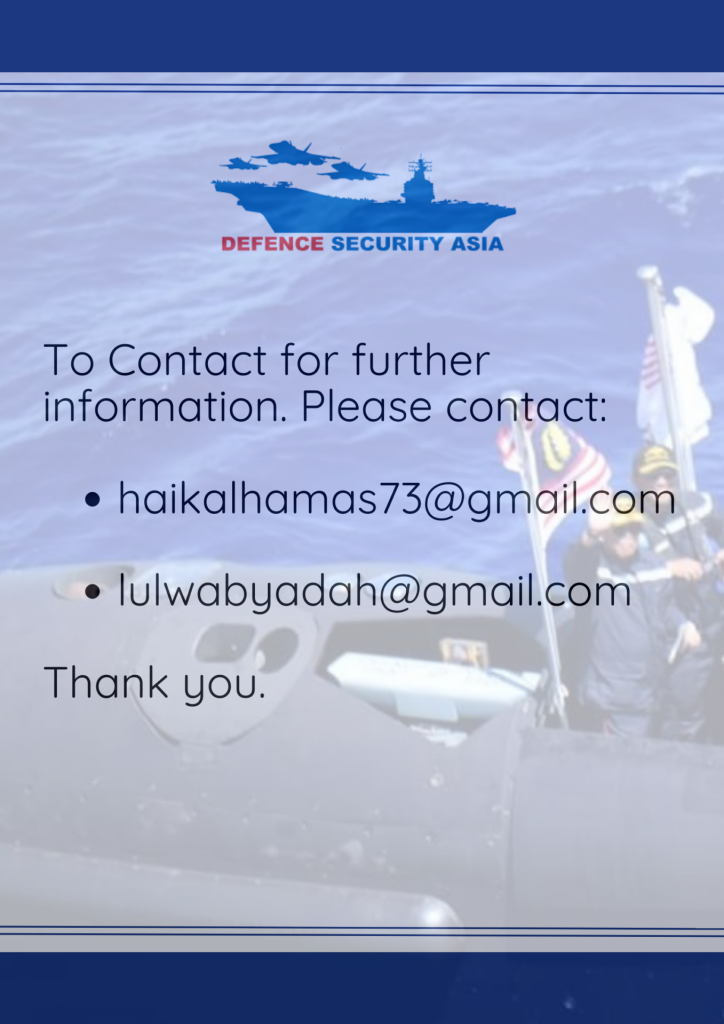Altay vs Leopard 2: A Geostrategic Face-Off in Modern Armored Warfare
Two prominent contenders that have captured significant international attention are Turkey’s ambitious, indigenously-developed Altay and Germany’s renowned Leopard 2, a battle-proven platform long celebrated as a pillar of NATO’s armored strength.
(DEFENCE SECURITY ASIA) — In the evolving landscape of modern armored warfare, main battle tanks remain pivotal in shaping military dominance and geopolitical influence.
Two prominent contenders that have captured significant international attention are Turkey’s ambitious, indigenously-developed Altay and Germany’s renowned Leopard 2, a battle-proven platform long celebrated as a pillar of NATO’s armored strength.
While the Altay symbolizes Ankara’s strategic drive toward defense autonomy and a growing aspiration to expand influence into global arms markets, the Leopard 2 continues to exemplify technological sophistication, operational reliability, and Western military integration.
This article compares both tanks, exploring their capabilities, strategic positioning, and their implications for future armored warfare dynamics.
Developed initially by Turkish defense giant Otokar and subsequently transferred to BMC, the Altay Main Battle Tank (MBT) represents Turkey’s determined drive toward strategic autonomy, aiming to significantly reduce Ankara’s traditional reliance on foreign military technology.
Though initial prototypes were unveiled as early as 2012, the program has encountered persistent production setbacks, particularly due to complications in sourcing engines following German export restrictions.
Despite these delays, Turkey remains resolute, with serial production gradually progressing and the Altay projected to enter operational service around 2025.

Strategically, Ankara views the Altay not merely as a military asset, but also as a platform designed to bolster Turkey’s geopolitical influence and expand its export footprint into key defense markets across the Middle East, Central Asia, and Southeast Asia.
Meanwhile, conceived in the late 1970s by Germany’s Krauss-Maffei Wegmann (KMW), the Leopard 2 Main Battle Tank stands as one of the most successful and widely adopted Western armored vehicles in recent history.
Since entering active service in 1979, this tank has been consistently upgraded, giving rise to renowned variants such as the Leopard 2A4, 2A5, 2A6, and notably, the state-of-the-art Leopard 2A7V.
Serving as a cornerstone of NATO’s armored capability, the Leopard 2 is respected globally for its unparalleled combination of firepower, protection, and mobility, underpinning Europe’s armored strength amid evolving geopolitical challenges.

2. Technical Comparison
Firepower
Criterion |
Altay |
Leopard 2A7V |
|---|---|---|
Main Armament |
120 mm L55 smoothbore gun (based on Rheinmetall design under license) |
Rheinmetall 120 mm L55A1 smoothbore gun (enhanced barrel pressure and ammunition compatibility) |
Ammunition Type |
NATO standard APFSDS, HEAT, programmable multipurpose rounds |
Full range of NATO ammunition, including advanced programmable multipurpose (DM11) and KE rounds (DM63, DM73) |
Secondary Armament |
1 × 12.7 mm Remote Weapon Station (RWS), 1 × 7.62 mm coaxial machine gun |
1 × 7.62 mm coaxial MG3A1 machine gun, optional RWS for 12.7 mm heavy machine gun |
Fire Control System |
Volkan-III fire control system (Aselsan), hunter-killer capability |
EMES 15 advanced stabilized fire control system with hunter-killer capability, superior long-range accuracy |
Assessment:
The Leopard 2A7V slightly edges out Altay with a more proven, battle-tested fire control system and ammunition versatility. Altay’s fire control system, while modern and capable, still lacks proven combat operational history.

Protection
Criterion |
Altay |
Leopard 2A7V |
|---|---|---|
Armor Type |
Composite modular armor with explosive reactive armor (ERA), modular applique armor option |
Advanced modular composite armor (AMAP) with optional ERA, slat armor, and superior protection against IEDs |
Active Protection Systems |
AKKOR APS by Aselsan, capable of intercepting ATGMs and RPGs |
Optionally fitted with Rafael’s Trophy APS, battle-tested with proven interception capability |
Survivability Features |
NBC protection, automatic fire suppression systems, mine protection enhancements |
Excellent NBC protection, fire suppression, optimized mine blast-resistant seating and floor structure |
Assessment:
Leopard 2A7V currently offers superior and more proven protection technology, especially when equipped with the Trophy APS. Altay, while promising advanced features like AKKOR APS, remains less tested operationally.
Mobility
Criterion |
Altay |
Leopard 2A7V |
|---|---|---|
Engine |
Initially MTU (Germany), later South Korean-sourced Doosan DV27K diesel engine (1500 hp) due to embargo challenges |
MTU MB 873 Ka-501 diesel engine (1500 hp), highly reliable with established global logistics |
Transmission |
RENK transmission (initially), current local/foreign hybrid sourcing due to supply issues |
RENK HSWL 354 hydro-mechanical transmission, proven reliability |
Speed |
Up to 70 km/h |
Up to 70 km/h |
Operational Range |
~450 km |
~450-550 km |
Assessment:
Leopard 2A7V benefits significantly from its well-proven, robust German powerplant. Altay’s persistent engine sourcing challenges hinder its readiness and export potential.

3. Geostrategic Implications
Altay
-
Altay serves as a strategic platform reinforcing Turkish ambitions toward defense autonomy, self-reliance, and geopolitical leverage, especially in Middle East and Asia.
-
Its export prospects could enhance Turkey’s diplomatic influence, positioning Ankara as a significant arms exporter.
Leopard 2
-
Long-established, globally trusted MBT, operationally proven in European, Middle Eastern, and North American environments, bolstering NATO interoperability and cohesion.
-
Its continued modernization reflects Germany’s strategic objective to sustain NATO dominance and interoperability amid growing tensions with Russia.
4. Export Potential & Market Positioning
Altay
-
Potential export markets: Middle Eastern, African, Central Asian countries seeking modern yet affordable Western-standard MBTs without direct NATO political constraints.
-
Market hurdles: engine sourcing issues, delayed production timelines, and uncertainty regarding reliability and sustainability due to limited operational experience.
Leopard 2
-
Existing market strength: Already operated by numerous NATO and allied nations, highly favored for upgrades and procurements by European, Asian, and Middle Eastern operators.
-
Challenges: Higher costs, German political sensitivities regarding exports, particularly to conflict-prone regions.
5. Overall Assessment
Feature/Capability |
Superior Tank |
|---|---|
Firepower |
Leopard 2A7V (slight advantage) |
Protection |
Leopard 2A7V |
Mobility |
Leopard 2A7V (reliability advantage) |
Cost-effectiveness |
Altay (potentially lower acquisition cost) |
Proven Track Record |
Leopard 2A7V |
Strategic Autonomy |
Altay (domestic advantage) |
6. Conclusion & Recommendations
-
Operationally Proven: The Leopard 2A7V remains the benchmark MBT, with superior reliability, combat record, and advanced systems integration.
-
Strategic Flexibility: Altay offers greater political and strategic autonomy for nations wary of NATO export restrictions or seeking partnerships with Turkey.
-
Export Dynamics: Leopard 2 is ideal for NATO and wealthy non-NATO allies seeking assured capability and proven technology. Altay’s attractiveness depends heavily on successful mass production, cost competitiveness, and overcoming supply-chain issues.
Ultimately, the Leopard 2A7V is currently the more capable and proven platform.
However, if Turkey successfully resolves engine sourcing and production challenges, Altay could emerge as a competitive, cost-effective alternative for export clients seeking advanced Western-standard armor without NATO-linked constraints.
— DEFENCE SECURITY ASIA


